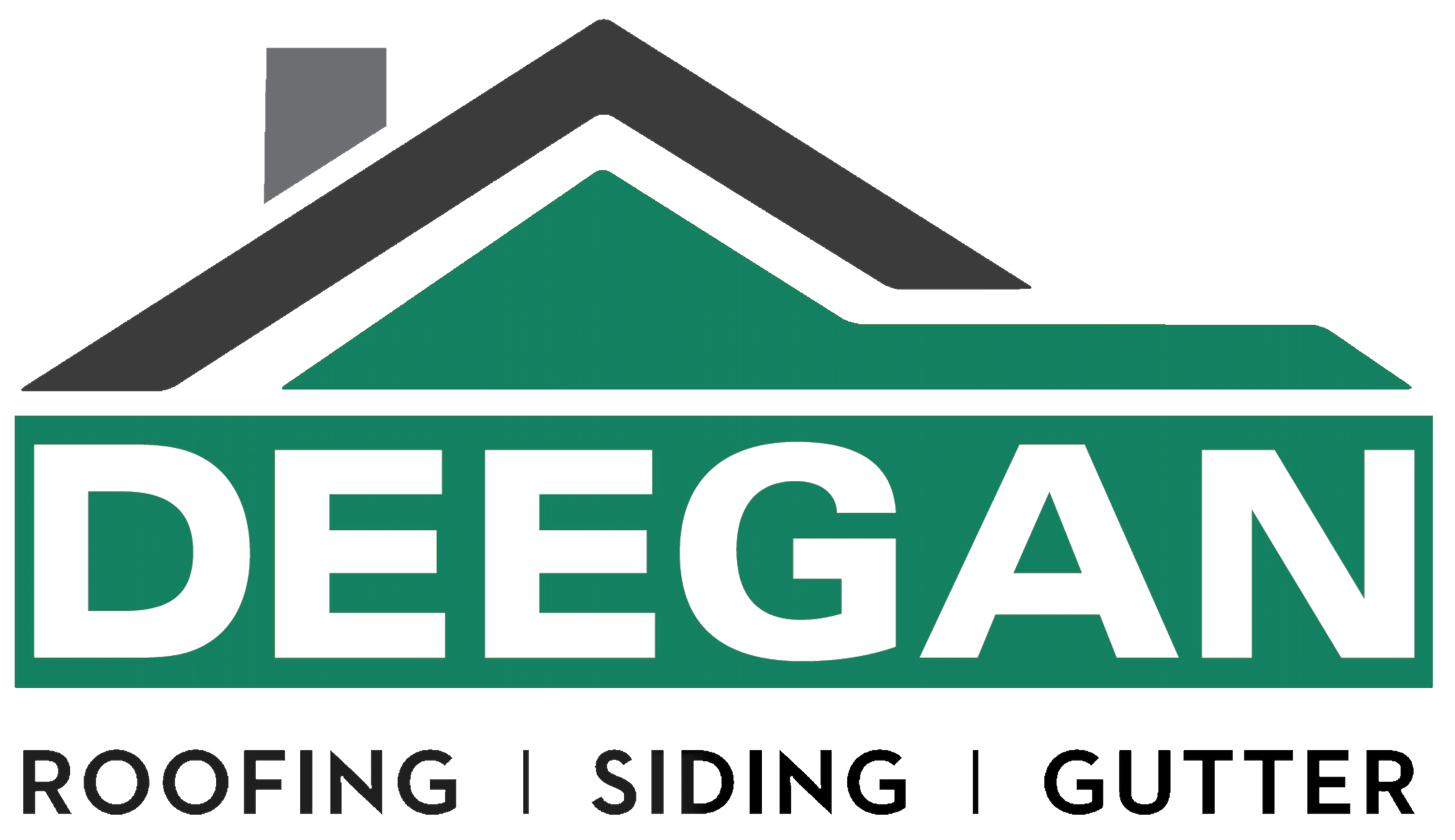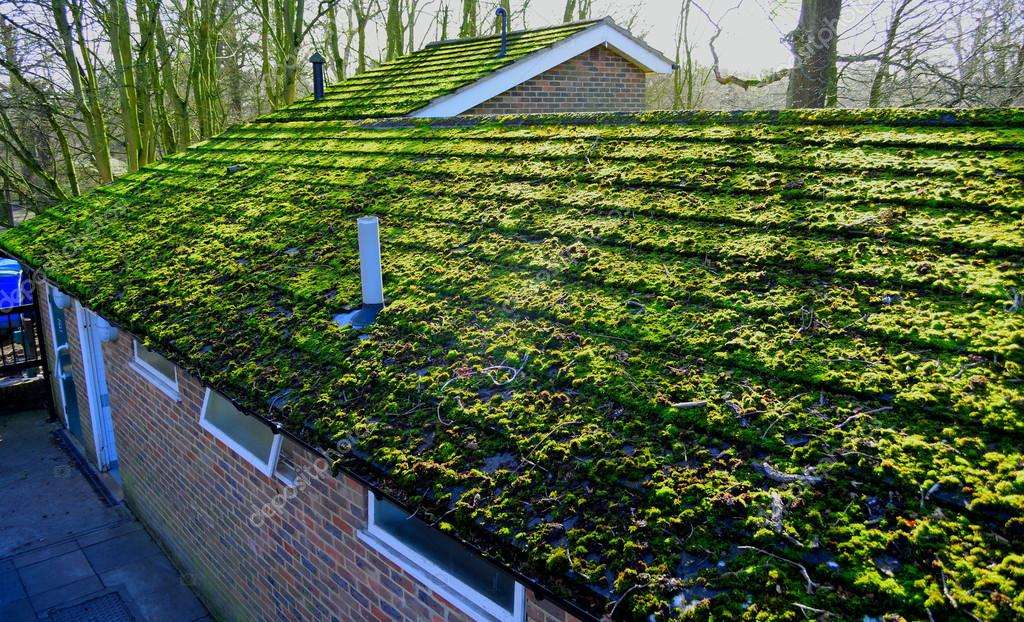A lot happens in winter. There’s the heavy weight of built-up snow and ice putting pressure on your roof. High winter winds batter your roof and pummel it with debris. Freeze and thaw cycles take their toll. During the winter, snow and ice can cause damage to your roof that isn’t revealed until the snow melts in spring. It’s important to give your roof a comprehensive spring inspection once all the icicles, ice, and snow have melted away. This will reveal early signs of roof damage, along with major issues that need to be immediately repaired.
Recognize winter roofing damage
A spring inspection should include checking all the shingles, roofing components, chimney seals, caulking, metal elements, flashings, vents, and underlays.
Attic Leaks
The first place you might notice winter roof damage is inside your home. Look for signs of excess attic moisture, such as condensation and leaks. This can be an early sign of small damage from lifting shingles and compromised seals. Ice dams are a common cause of this, along with damage caused by expansion from thaw-freeze cycles. This can also be a sign of poor interior home ventilation. But it’s important to rule out any roofing issues as well. And if this isn’t taken care of, mold, wood rot, and possibly insects will cause extensive damage.
Ceiling, Walls, Windows, and Doors
Excess weight from snow and ice can damage your home’s structure. There are a few signs you can spot from noticing changes in your walls, windows, and doors. Here are a few things to check. Your ceiling will also reveal signs of excess moisture. Your roof doesn’t have to be leaking for damage to occur. Your home’s integrity can be compromised if it isn’t fully watertight. What damage looks like on ceilings includes either sagging or indented spots, cracked paint and ceiling finishes, creaking sounds at any time but especially when it’s windy, or falling pieces of paint. Additionally, check walls for cracking, bulging, warping, peeling paint, or bubbling wallpaper. Signs of damage for windows and doors are revealed by jammed, sticking, or hard to open windows and doors may be from a structural shift due to excess roof weight.
Do a Ground-Level Check for Roof Damage
Walk around the home before you get up on it. A quick visual ground-level check can reveal plenty of issues. Look out for uneven sloping, lifting areas, missing shingles, dents, depressions, sags, green slime, moss, dark patches, or plant growths. You can spot issues without having to get up on your roof. If you want to do a closer rooftop inspection on your own, make sure to do this safely. We don’t recommend going onto your roof if you suspect damage, but if you do, please always adhere to best ladder safety practices.
Shingle Damage or Missing Pieces
Look out for missing, loose, damaged, or aging shingles. Start out with a quick check for anything that’s missing. Then look for areas that are loose, curling, cracking, or lifted up. This can be a sign of normal aging. But damage and accelerated aging can happen from high winds, hail, and debris. Do a closer inspection to spot any granule loss on your shingles. Look for bald patches and general weathering that need repairing. This is often caused by hail, debris, piling snow, and abrasive ice. Your shingles will lose granules over time. But excessive loss over several shingles means that unacceptable damage occurred at some point. This is often covered by rooftop warranties, so don’t hesitate to call for repairs before things get worse.
Moss
Anything dark or green could be either moss or algae growing on your roof or within the structures. Both of which are bad news. Moss does a lot of damage to roofs. They can grow underneath and in-between the shingles, causing them to lift up, curl, separate, and accumulate water. You can then expect to have missing shingles, along with mold, bacterial growths, and structural decay.
Algae
Algae growth usually looks like black or dark-colored discoloration, spots, or streaks across the roof. Algae spores are spread by the wind and your rooftop is a perfect environment for it to grow on. Algae isn’t as damaging as moss, but it will compromise the roof’s visual appearance and surface. Plant growths must be immediately and carefully removed. Every piece needs to be taken out and your roof will need special treatments applied to make sure none grows back. Make sure to check the darker areas of your roof carefully. If you see any plant life, call up a professional to immediately address it.
Pooling Water
If a rooftop area was dented or sunk under the weight of ice or snow, you may end up with pooling water. Water can then make its way under the shingles and into the home’s structure where it can damage your home’s electrical wiring, insulation, wood, and other materials.
Debris
See any branches, limbs, or debris on your roof? Winter winds can fling these around. This is a sure sign that you may have surface damage like granule loss, loose shingles, or missing pieces. You need to examine the entire surface but pay close attention to areas with debris.
Roofing Component Damage
Remember to check the roofing components for damage.
- Flashing: damaged, loose, or unsecured
- Facia: warping
- Caulking: cracked, missing, or peeling caulk
- Eavestroughs and downspouts: loose, out of place, or bulging
- Gutter seams: opened or peeling
- Vent and Chimney Integrity
If you can safely get to these areas, do a check around your roof vent, chimney, and any other rooftop structures. Make sure the seals, caulking, and cement around these areas are in good condition. You can also check to make sure nothing got cracked or chipped over winter.
Clogged Gutters
Winter’s debris, dirt, grit, and loose items can find their way to your gutters. Once this happens, your gutters can become damaged or simply blocked up. Always get your gutters cleaned out in early spring to make sure they are clear and in good working condition for rainy weather. If this isn’t taken care of, water will spill over to your roof, the sidings, and flow down the sides of your walls to the base of the home. You can end up with more roofing damage, along with foundation and basement issues.
Recognize winter roofing damage
If you notice any of these signs of winter roofing damage, schedule a roof inspection. Roof inspections are free of charge from reputable roofing companies. We’ll take a look at your roof, clean out any blocked gutters, and make sure everything’s in good condition.
Contact Us
Family-owned and operated, Deegan Roofing Company has been installing and servicing residential and commercial roofing customers in the New Jersey area for over 30 years. If you are concerned about your roof surviving the upcoming winter weather or are currently experiencing roofing problems, it’s never too late to contact Deegan Roofing to get your roof inspected before winter. Website https://www.deeganroofing.com/ Address: 345 Terrill Rd, Scotch Plains, NJ 07076 Hours: Open 8:30 AM ⋅ Closes 5:30 PM

